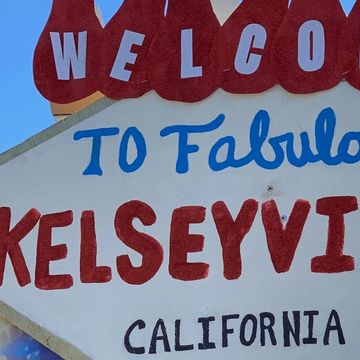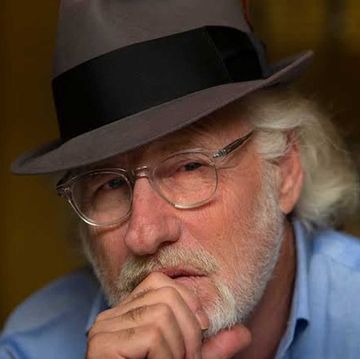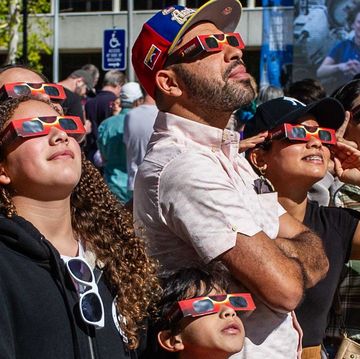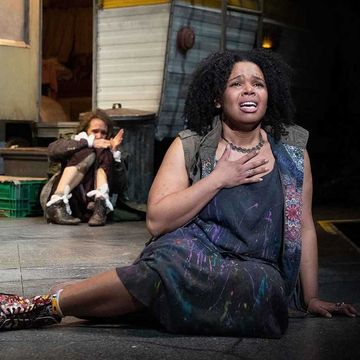They finally dismantled the Confederate statues on a summer Saturday morning. Shoppers were heading to Charlottesville’s downtown farmers market when the crane and flatbed truck arrived to cart away the controversial memorials to Robert E. Lee and Thomas “Stonewall” Jackson.
For those of us who live in this central Virginia town, a two-hour drive from Washington, D.C., the Lee and Jackson bronze statues underscore the volatility of our nation’s history. And how we frequently play with fire when it comes to remembering the nation’s past.
Read an argument in favor of preserving controversial statues: “Monumental Stupidity”
Since their removal in July 2021, the Lee and Jackson representations have taken markedly different paths. The likeness of Lee is scheduled to be melted down and used as local art (though court proceedings have put these plans on hold). The Jackson figure, however, was sold by the Charlottesville City Council to LAXART for $50,000. The nonprofit organization is collaborating with the Museum of Contemporary Art on Grand Avenue in Los Angeles on an exhibit scheduled to open in fall 2023.
LAXART director Hamza Walker is reportedly organizing an assemblage of Confederate statuary and monuments from Charlottesville; Richmond, Virginia; Baltimore; and Houston. He says the idea for such an exhibit came to him in 2015 after Dylann Roof murdered nine Black people in South Carolina. In an interview with the Richmond Times-Dispatch, Walker maintained that the Confederate icons have a “national cultural significance,” and he has partnered with artist Kara Walker (no relation) and MOCA Grand senior curator Bennett Simpson to facilitate the Monuments exhibit.
Besides living in Charlottesville, I’m also a U.S. history buff; I’ve visited such Civil War battle sites as Antietam and Gettysburg and recently completed a novel set in 1864. Yes, we may be doomed to repeat the past if we don’t understand it, put it in some kind of context. But that doesn’t mean we are required to honor yesteryear’s evil in our public spaces—in Virginia, California, or anywhere else.
Monuments to the Third Reich were destroyed after World War II. Perhaps one of the few things we did right in Iraq was to pull down the statue of Saddam Hussein. American colonists toppled a statue of King George III days after a public reading of the Declaration of Independence in 1776. No one insisted that it be resurrected decades later.
I wish the local officials here had decided to destroy the Stonewall Jackson figure, too. As in Nazi Germany, some monuments and vestiges of the past are too dangerous to be allowed to exist. Melt them down. Pave them under.
Throughout the South, Confederate statuary helped perpetuate the Lost Cause, the misguided mythology that slavery was not the primary catalyst for the Civil War. By playing up such bogus reasons as states’ rights and the romanticism found in Gone with the Wind, the South’s version of the war held sway in everything from our politics to schools to books and films. This is what happens when evil isn’t ripped out at the roots.
Mike Signer, Charlottesville’s mayor from 2016 to 2018, told the New York Times that the Lee and Jackson monuments became “totems” for white nationalists. In 2017, several hundred neo-Nazis protesting the bronzes’ planned removal marched on Charlottesville for the Unite the Right rally. By the time it was over, a white supremacist had run over and killed a counterprotester, and dozens were injured. Signer says the clash was “a prologue” to the insurrection in Washington on January 6, 2021.
The statues can’t be gotten rid of soon enough. Enid Krieger, a past vice president of the board of the African American Teaching Fellows of Charlottesville and Albemarle, which recruits Black educators for area schools, says she has no opinion about the Jackson bronze and where it’s now headed. “Just happy it’s gone from Charlottesville,” she texts me.
Local author and TV producer Alex-Zan was one of 12 Black children who desegregated Charlottesville public schools in 1959. He, too, is elated to see the Civil War monuments taken down and the controversy surrounding them over, at least locally. “We have more pressing issues than those statues,” he says. “Things like housing, safety, education—trying to bring our communities together.”
Only three blocks separate the parks in which the Lee and Jackson figures once stood. Both were commissioned by a Charlottesville graduate of the University of Virginia a century ago and unveiled at reunions of Confederate soldiers in the 1920s. Yet the statues were removed thanks to a current UVA student. In March 2016, Zyahna Bryant, then a ninth grader in Charlottesville, started a petition calling for the removal of the Lee casting and the renaming of the park where the monument to the Lost Cause stood. In considering her petition, the city council decided to also remove the nearby Jackson statue and rename the grounds where both stood. Since the bronzes were carted away, their granite pedestals have been dismantled too. Everything has been taken down to ground level, and grass now grows in its place.
At dusk, one can linger in the open area near the county courthouse, where Jackson was once portrayed astride an advancing steed. The rush hour traffic makes its way down East Jefferson Street, and a few blocks over, the restaurants on the pedestrian mall are crowded with patrons.
“Good riddance,” the breeze whispers. “But Los Angeles, you’re playing with fire.”•
Tim Wendel is the award-winning author of several books, including Summer of ’68, Castro’s Curveball, and Cancer Crossings. He teaches writing at Johns Hopkins University, where he is a writer-in-residence. His stories have appeared in the New York Times, the Washington Post, National Geographic, USA Today, Psychology Today, GQ, Esquire and, of course, Alta.













